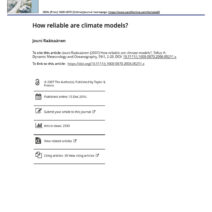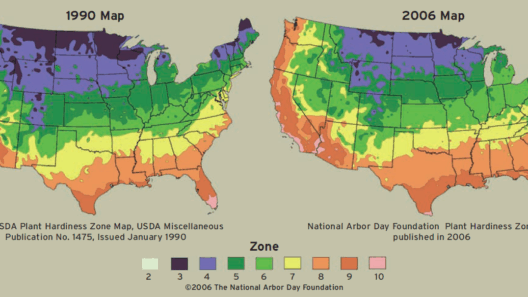Have you ever thought about how your daily choices impact the Earth? Imagine if every child and student around the world took a stand against global warming. What kinds of changes could we create together? It can feel daunting, but tackling climate change is a challenge that everyone can join. Many individuals believe that the problem of global warming is too big for one person to tackle, but every little effort counts. Here are some ideas, facts, and tips that can help kids and students become environmental champions.
Firstly, let’s understand what global warming really is. It refers to the gradual increase in Earth’s average temperature due to a rise in greenhouse gases in the atmosphere, primarily carbon dioxide, methane, and nitrous oxide. These gases trap heat from the sun, creating a “greenhouse effect.” The more we use fossil fuels like coal, oil, and natural gas, the more these gases accumulate. The impacts are severe: rising sea levels, extreme weather conditions, and even disruption of ecosystems.
One vital way we can confront global warming is through our daily habits. For instance, consider your transportation choices. Walking, biking, or using public transport instead of cars can reduce greenhouse gas emissions significantly. Engaging in a delightful challenge with friends or family to see who can use the least fossil fuels for a week can turn into a fun contest. Who will emerge victorious in this quest to save the Earth?
Another effective strategy is energy conservation. Simple acts like turning off lights when you leave a room, unplugging electronics when they’re not in use, and using energy-efficient appliances can make a significant difference. Have you ever participated in a “no electricity” day event? It’s an exciting way to think creatively and appreciate the sunlight and natural light instead of relying on electrical power.
Water conservation is also essential in combating global warming. Water shortages can arise due to climate change, and conserving water can lower the energy required for water heating and distribution. Try taking shorter showers or turning off the tap while brushing your teeth. To add some fun, start a friendly competition with classmates to see who can save the most water in a week. This will not only foster awareness but encourage sustainable habits!
Another strategy is to reduce, reuse, and recycle. Waste management is crucial in mitigating global warming. When we reduce the waste that ends up in landfills, we also reduce methane emissions. Organizing a recycling project at school or within your community can energize everyone around a common goal. You can also brainstorm innovative ways to repurpose items instead of throwing them away. Who knows, perhaps some old materials can turn into art masterpieces!
Healthy eating habits can also contribute to the fight against climate change. The production of meat leads to higher greenhouse gas emissions than growing fruits or vegetables. By incorporating more plant-based meals into our diets, we can significantly lessen our carbon footprint. Why not challenge your friends to a vegetarian week? Sharing recipes and cooking together can be enjoyable and educational!
Education plays a crucial role in tackling global warming. Sharing knowledge and spreading awareness shapes us as responsible global citizens. Organizing information sessions and inviting speakers who specialize in environmental science can foster greater understanding among peers. You could even create a school club focused on sustainability and environmental advocacy. Consider the thrilling prospect of collaborating on a community project to plant trees or start a garden! Not only does this beautify your neighborhood, but it also contributes to cleaner air.
Technology can also help. There are numerous apps and websites that track your carbon footprint and suggest ways to minimize it. Tracking our contributions can be an eye-opening experience, illuminating areas where we can improve. Schools could even implement educational programs dedicated to teaching kids about climate change and solutions, inspiring future generations of environmental advocates.
Consideration for wildlife and natural habitats is central to addressing global warming. Encouraging efforts to protect endangered species and restore natural habitats can be very impactful. Creating a wildlife-friendly garden with native plants helps bees, butterflies, and other crucial pollinators thrive. It’s a joyous surprise to learn about the diverse creatures that share our world; a fascinating trip to a local nature reserve can spark intrigue and a deeper connection with the environment.
Finally, advocacy is paramount. Engaging in conversations and discussions about climate threats in your community can amplify awareness. Participating in local rallies, joining petitions, or even writing letters to representatives about the importance of tackling climate change can make a big difference. Every voice matters, and collectively, they become a powerful call for action.
As we engage in these activities, let’s bear in mind that our actions today will shape the future. It’s not just about reducing our carbon footprints; it’s about fostering a culture of care for our planet. The tangible effects of our efforts may take time to manifest, yet every small step contributes to the larger goal of a sustainable and healthy world.
So, are you ready to accept the challenge? Taking action against global warming does not require grand gestures; it begins with the small choices we make every day. Together, we can lead the charge against global warming and inspire those around us. It’s time to unleash your inner environmental activist!






